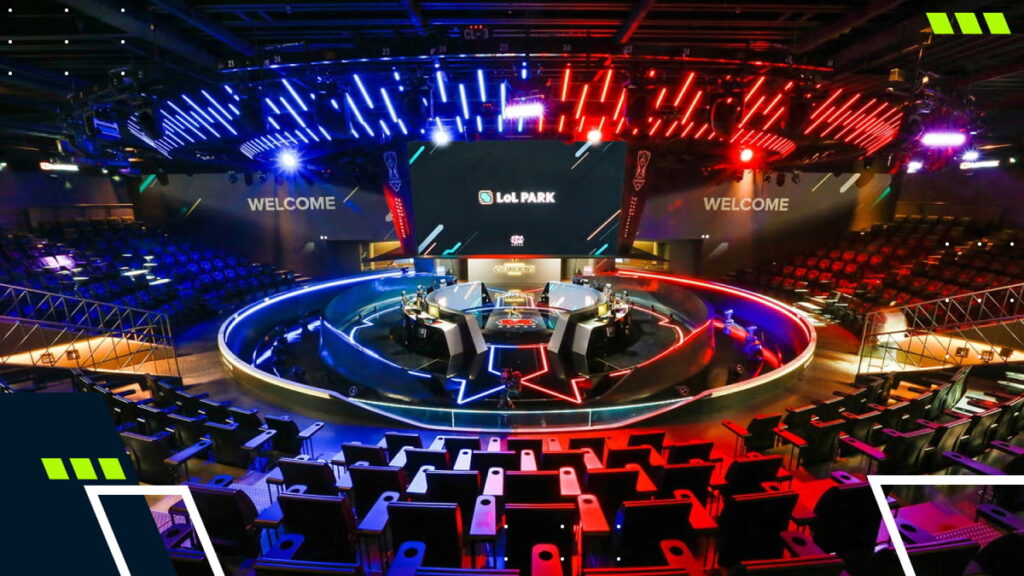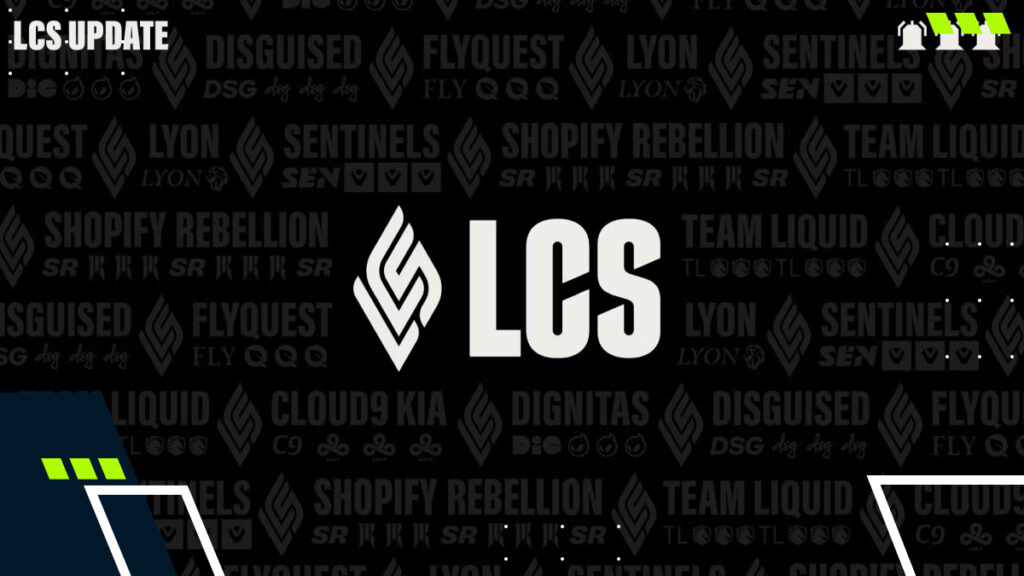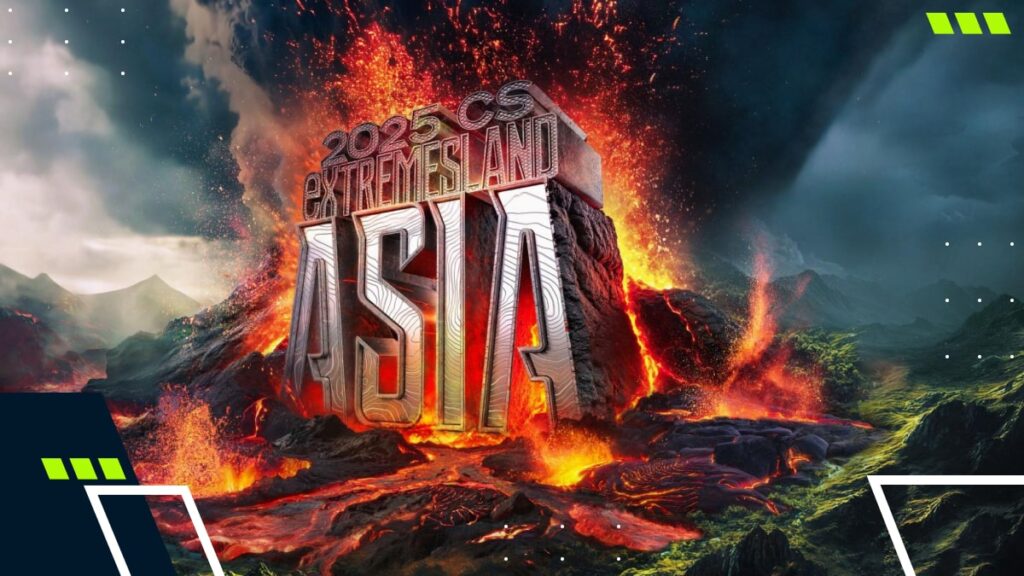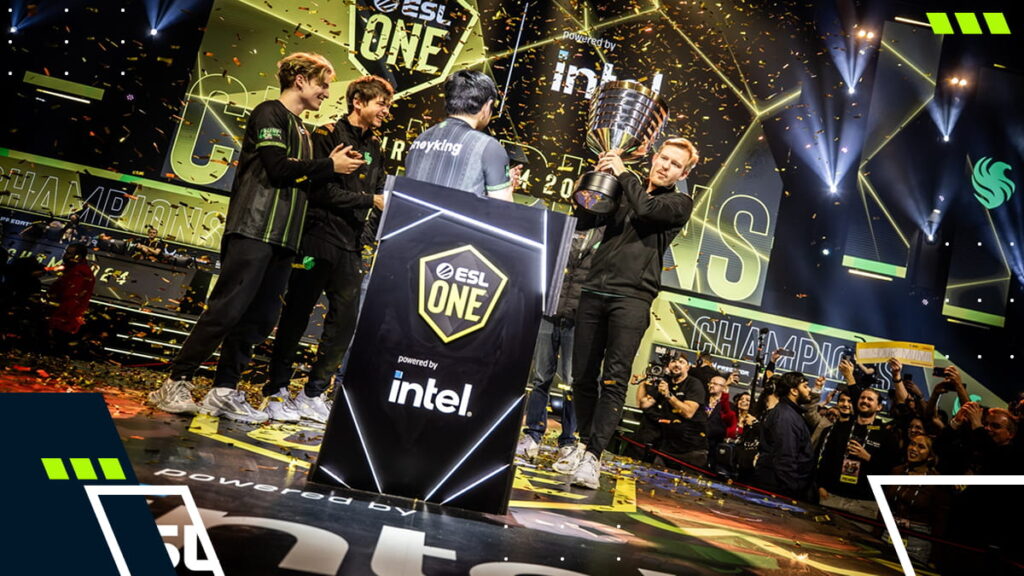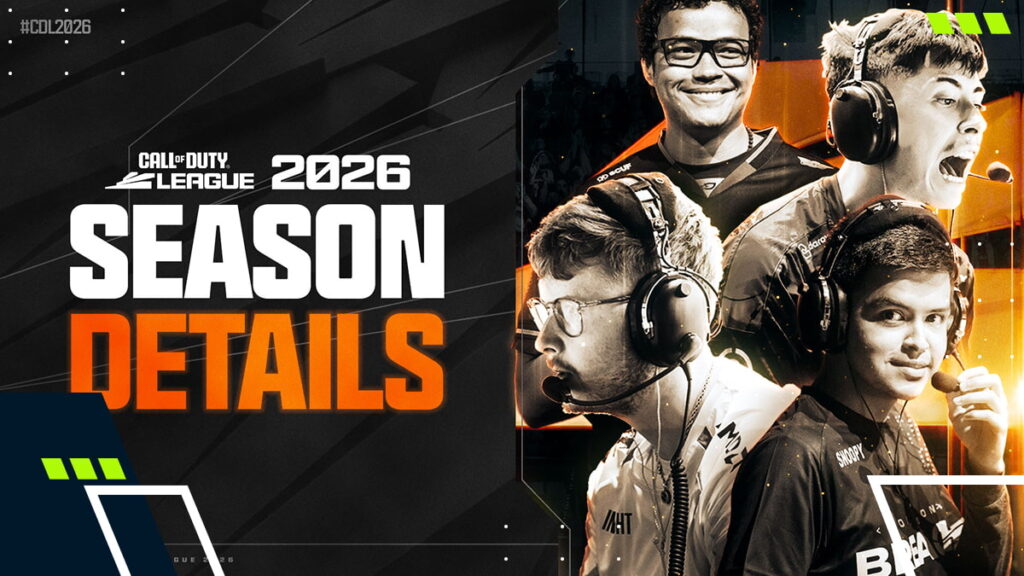LTA Proved Brazil Deserved More, But Riot Didn’t Listen
In 2024, League of Legends LTA emerged as Riot Games’ most ambitious project to unify the Americas’ competitive scene. The merger between LCS, CBLOL, and LLA aimed to raise the continent’s level through constant inter-regional play, but its abrupt end proved Brazil deserved far more.
The initiative sought to strengthen the ecosystem and close the gap between regions through regular cross-league matches. Yet before that vision could mature, Riot announced the dismantling of LTA and a return to traditional formats, ending Brazil’s short-lived hopes for international growth.

Image source: Riot Games / LoL Esports
- 1. The Promise Of League Of Legends LTA North & South
- Community Reactions And Cultural Clash
- 2. The Return Of Old Identities In 2026
- Why Riot Brought Back CBLOL And LCS
- 3. Brazilian Results Prove The Need For More International Experience
- Lessons Learned From The Cross-Conference
- 4. Brazil Deserved Better
- The Disbanded Projects And Lost Momentum
- Competitive Merit Ignored By Riot
- 5. FAQs
- 6. References
The Promise Of League Of Legends LTA North & South
In mid-2024, Riot Games unveiled its boldest Western project: the League of Legends Championship of The Americas (LTA). The proposal went beyond merging leagues, aiming to reshape the competitive structure by uniting the LCS, CBLOL, and LLA under a single continental system.
For Brazil, that meant frequent clashes with the best LCS teams, faster meta adaptation, and a clearer development path. The super league was sold as a solution to long-standing barriers and a chance to mature the Brazilian pro scene, yet questions about identity and viability surfaced immediately.
Community Reactions And Cultural Clash
Brazilian fans reacted immediately and with force, though not as Riot Games had expected. The central issue was not competitive format or logistics, but identity erasure. “CBLOL” signified more than an acronym. It carried a decade of history, legendary rivalries, and iconic moments.
Por mais que a nossa liga fosse ruim, é um sentimento tão esquisito ver tantos nomes de fora vindo pra cá jogar…… será que a gente vai perder a identidade com o falecido cblol?
— paiN KamiKat (@Kamizeon) November 15, 2024
For many League of Legends fans, regular clashes between RED Canids, paiN Gaming, or Vivo Keyd and NA teams like FlyQuest or 100 Thieves had long been a dream, especially for those who wanted the league to step up. Pressure to raise CBLOL’s level felt necessary and even welcomed.
The change felt imposed, dismantling a cultural institution to solve North America’s viewership issues. The first LTA South final drew only 170,000 viewers, far below CBLOL’s 331,000, as unstable formats, constant changes, and the absence of special events for the finals turned passion into apathy.
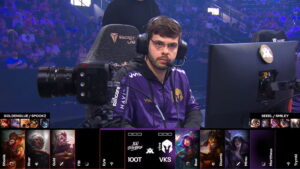
Image source: Riot Games / LoL Esports
The Return Of Old Identities In 2026
Amid backlash and declining viewership, Riot Games chose the only workable path: end the LTA project. On September 28, 2025, the company announced the return of CBLOL and the LCS as independent leagues in 2026, acknowledging that the merger failed to connect regional communities.
The reversal brought profound structural changes, including the end of inter-regional playoffs and a return to the old qualification model, which guarantees a League of Legends Worlds and MSI slot for Brazil.
At the same time, the U.S. league may send three teams. Not everything disappeared, though. Leviatán remained within CBLOL, and the “Guest Team” system survived, preserving a small bridge between tiers.
Why Riot Brought Back CBLOL And LCS
Sustained community and financial strain pushed Riot to bring back the CBLOL and LCS. Official statements credited fan feedback, but the sharp drop in viewership made the LTA model unsustainable.
Restoring the regional leagues became a pragmatic move to recover audiences and stabilize sponsorship-driven revenue after a year of uncertainty. The LTA’s downfall also stemmed from its lack of identity.
Few inter-regional matches delivered on their promise, and without iconic rivalries like paiN vs. LOUD, the league felt artificial, a merger without soul or story. By restoring the old leagues, Riot framed the decision as a tribute to legacy and local culture.
However, the rollback also marked a retreat from ambition. If the LTA once symbolized progress and integration, its end signaled a return to safer ground and one that favored stability over vision.

Image source: Riot Games / LoL Esports
Brazilian Results Prove The Need For More International Experience
A single LTA season served as an empirical test of Brazil’s strength against North America, one that revealed potential rather than inferiority. Performances suggested a region on the verge of a breakthrough, limited mainly by a lack of consistent exposure to higher levels of play.
Historically, Brazil’s early exits at international events came from macro issues, gaps that the LTA aimed to fix. Inter-regional playoffs sped up progress, forcing teams to evolve and align with global metas. Despite its short life, the league proved what could have been, making its end feel even more unjust.
Lessons Learned From The Cross-Conference
Red Canids’ 3–2 win over Shopify Rebellion, the LCS’s third-place team, punctured the myth of North American superiority. The victory, along with Vivo Keyd’s upset over 100 Thieves before falling to FlyQuest, the best team in the U.S., demonstrated that Brazilian teams could compete when given equal conditions.
Aggressive fights, fearless calls, and sharp mechanics highlighted a region rich in raw talent but limited by opportunity. Even paiN and Red’s 3-0 losses to 100 Thieves served as lessons, showing the need for steady top-tier play, something the LTA briefly offered before being dismantled.
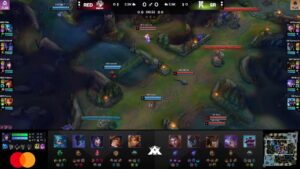
Image source: Riot Games / LoL Esports
Brazil Deserved Better
LTA’s short-lived experiment became a symbol of lost opportunity and unfairness for Brazil. Its identity was dismantled in the name of innovation, only to return to isolation a year later. After a decade of passion from one of the world’s most engaged communities, Brazil deserved more than a corporate rollback.
Ending the project signaled the abandonment of a broader ambition to elevate the region competitively. The message was clear: Brazil matters as a market, not as a global contender. Disruption came first, retreat followed, and the dream of growth vanished before it could mature.
The Disbanded Projects And Lost Momentum
Reshaping LTA South into an eight-team league left historic organizations like INTZ and KaBuM! Esports behind, severing ties with CBLOL’s legacy. Years of loyalty to teams rather than players suddenly worked against fan attachment.
At the same time, ambitious projects at paiN Gaming (built for a pan-American stage with its academy roster) stalled overnight when Riot announced the end of the tier-two division for teams. Budgets shrank, plans collapsed, and momentum evaporated, turning anticipation into frustration.
Competitive Merit Ignored By Riot
The greatest injustice in dissolving the LTA was returning to a system that dismissed sporting merit. Even after proving Brazil could stand toe-to-toe with North America’s elite, the region regained only one World’s slot, while the LCS kept three.
Politics, not performance, dictated the terms. The CBLOL name returned, but progress did not. Talent and ambition endured, yet the ecosystem capable of turning potential into achievement was lost, leaving behind a bitter sense of rollback and a dream deferred.
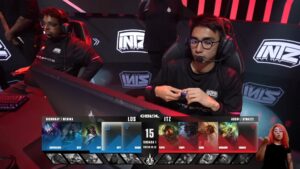
Image source: Riot Games / LoL Esports
FAQs
What was the League of Legends Championship of The Americas (LTA)?
The LTA was Riot Games’ 2024 attempt to merge North and South American leagues (LCS, CBLOL, and LLA) into a single competitive structure.
Why did Riot end the LTA Project?
Riot dismantled LTA in 2025 due to low viewership, cultural backlash, and community disapproval, restoring separate leagues like CBLOL and LCS for 2026.
How did the Brazilian community react to the LTA?
Many Brazilian fans felt their identity was erased, leading to frustration and a sharp drop in viewership compared to traditional CBLOL finals.
Did Brazil perform well under the LTA System?
Yes. Teams like Red Canids and Vivo Keyd proved competitive against LCS squads during Cross-Conference, showing Brazil’s potential when given international exposure.
What impact did LTA’s failure have on CBLOL?
The LTA’s failure stalled progress, reduced team investment, and brought back a less ambitious format, despite Brazil proving it could compete at a higher level.
References
- LCS and CBLOL Return! (League of Legends)

